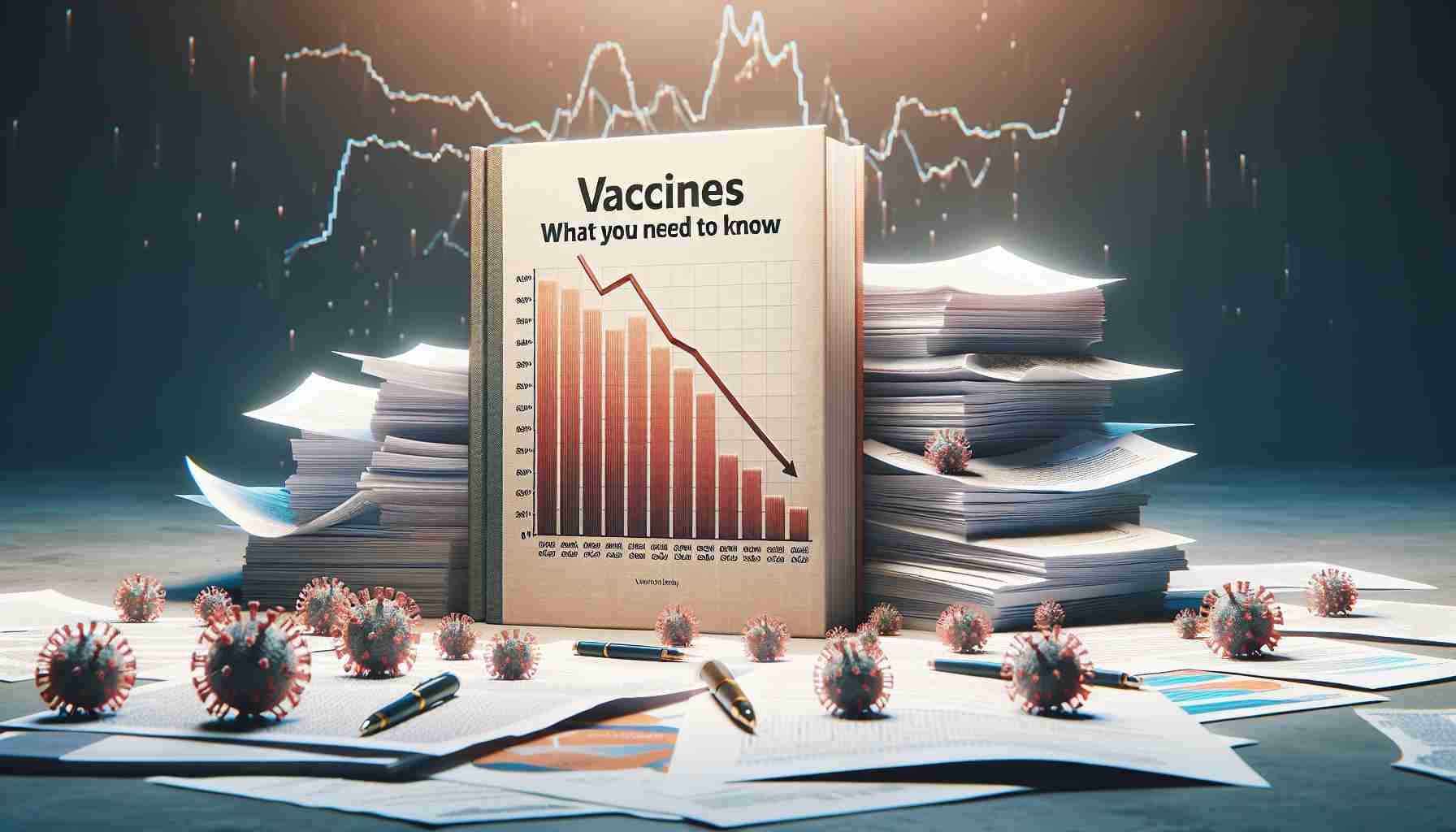- CSL reported a 7% increase in net profit, reaching $2.01 billion, despite challenges in its vaccine division.
- The company’s revenue grew by 5%, totaling $8.48 billion, leading to a 9% rise in the interim dividend.
- Seqirus, CSL’s vaccine division, faced a 9% revenue decline due to reduced vaccination rates among adults.
- The US is experiencing a severe flu season, which CSL attributes to vaccine hesitancy.
- CSL’s leadership is committed to enhancing public health messaging and improving vaccination rates.
- Despite financial gains, investor sentiment led to a 5.3% drop in shares, highlighting market volatility.
- CSL anticipates a profit increase of 10 to 13% for the current financial year.
Australian biotech powerhouse CSL is navigating choppy waters as profit margins fluctuate due to a surge in vaccine skepticism in the US. Recently, CSL released its half-year performance results, revealing a 7% increase in net profit, soaring to $2.01 billion. Revenue also experienced a boost, climbing 5% to reach a staggering $8.48 billion, prompting the company to declare a generous interim dividend of $1.30 per share—a 9% rise.
Despite these gains, one of CSL’s vaccine divisions, Seqirus, bore the brunt of dwindling vaccination rates, especially among adults aged 18 to 64. This decline led to a concerning 9% revenue drop, leaving Seqirus with $1.66 billion for the six-month period ending December. This downturn is particularly alarming as CSL highlights the dire consequences of vaccine hesitance; a recent report indicates that the US is facing its worst flu season in over two decades, with tragic outcomes already manifesting.
CSL’s leadership remains steadfast in advocating for vaccinations, emphasizing the importance of public health messaging. As the uncertain landscape evolves—with Robert F. Kennedy Jr. inching closer to assuming the role of Health Secretary in the US—the company remains committed to providing effective health solutions and harnessing artificial intelligence to enhance their operations.
Despite the hurdles, CSL is poised for growth, projecting a profit increase of 10 to 13% this financial year. Investors, however, reacted cautiously, leading to a 5.3% dip in shares—an intriguing reminder that the interplay between public sentiment and corporate health can reshape the landscape of biotech.
CSL’s Path Forward: Navigating Challenges and Opportunities Amidst Vaccine Skepticism
Overview
Australian biotech giant CSL is currently grappling with significant challenges related to fluctuating profit margins, primarily driven by increasing vaccine skepticism in the United States. Their recent half-year performance results highlighted a 7% rise in net profit, reaching $2.01 billion, with revenues climbing 5% to $8.48 billion. This success allowed the company to announce a 9% increase in interim dividends, attributing their overall growth to sectors less affected by vaccine hesitance. However, their vaccine division, Seqirus, faced a concerning 9% revenue drop.
Current Trends and Innovations
Despite revenue drops in vaccine-related segments, CSL is actively pursuing innovations in biopharmaceuticals and harnessing artificial intelligence for enhanced operational efficiencies. They are also focusing on sustainability practices aimed at reducing environmental impact, which is increasingly becoming a consideration for investors and consumers alike.
Key Questions
1. How is CSL addressing the challenges posed by vaccine skepticism?
CSL is enhancing public health messaging and increasing partnerships to promote vaccine awareness and trust. They are focusing on educational campaigns that highlight the benefits of vaccinations, particularly during the current challenging flu season, as the company aims to rebuild confidence in vaccine uptake.
2. What role does artificial intelligence play in CSL’s future strategies?
CSL is investing in artificial intelligence to streamline their research and development processes, improve operational efficiencies, and enhance patient outcomes. By integrating AI, CSL aims to identify faster pathways to drug development and optimize production processes, positioning them ahead in a competitive biotech landscape.
3. How is the market responding to CSL’s financial forecasts?
Despite positive profit forecasts, investors reacted cautiously, resulting in a 5.3% drop in share prices. This reaction underscores the complex relationship between public sentiment regarding health initiatives and investor confidence in biotech firms—raising concerns about long-term profitability if vaccine hesitancy persists.
Additional Insights and Market Analysis
CSL is positioned for a projected profit increase of 10% to 13% for the financial year, depending on market recovery and effective management of public health communication regarding vaccines. There is also a notable trend toward increased scrutiny of biotech firms regarding their commitment to sustainability, responsiveness to public health issues, and overall corporate governance.
Suggested Related Links
For more comprehensive insights on CSL and its market position, visit the CSL website: CSL.
Conclusion
Navigating the turbulent waters of vaccine skepticism poses unique challenges for CSL, yet the company remains optimistic with strategic innovations and commitment to public health. As they strive to regain confidence in vaccines, their proactive measures and focus on technological advancements will be crucial in defining their path forward.










